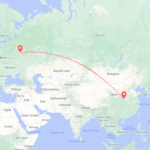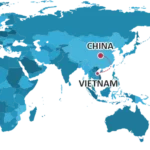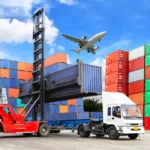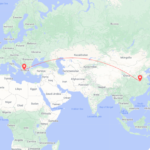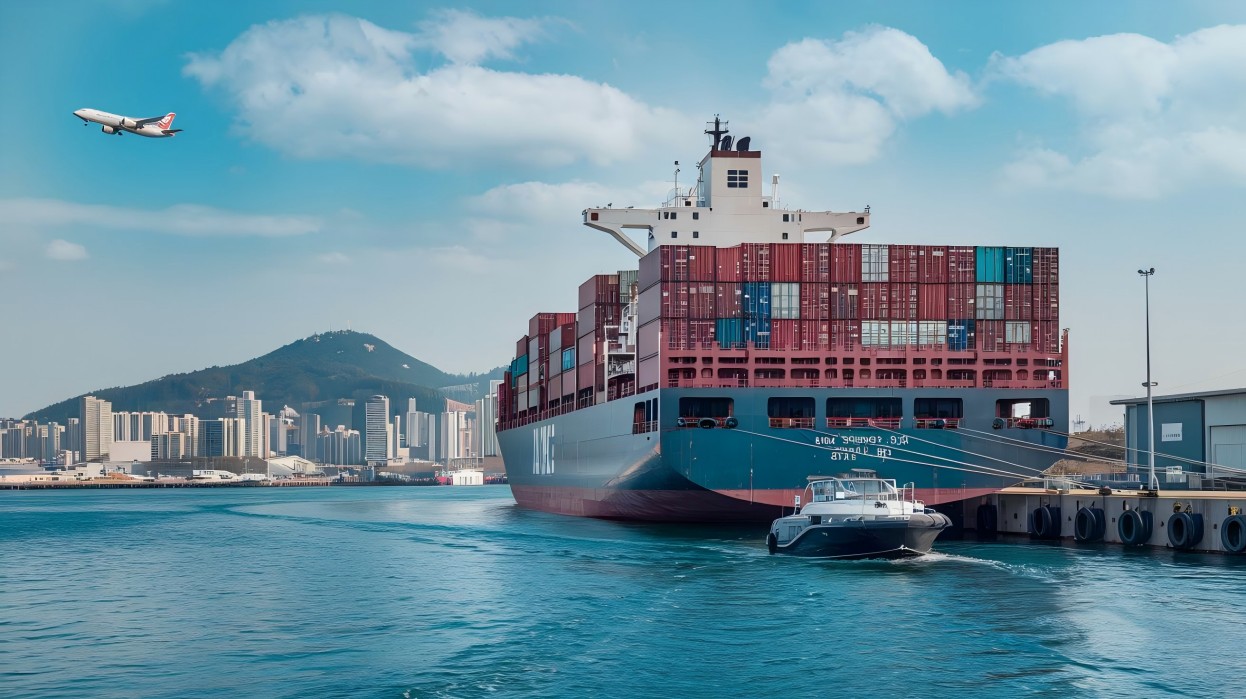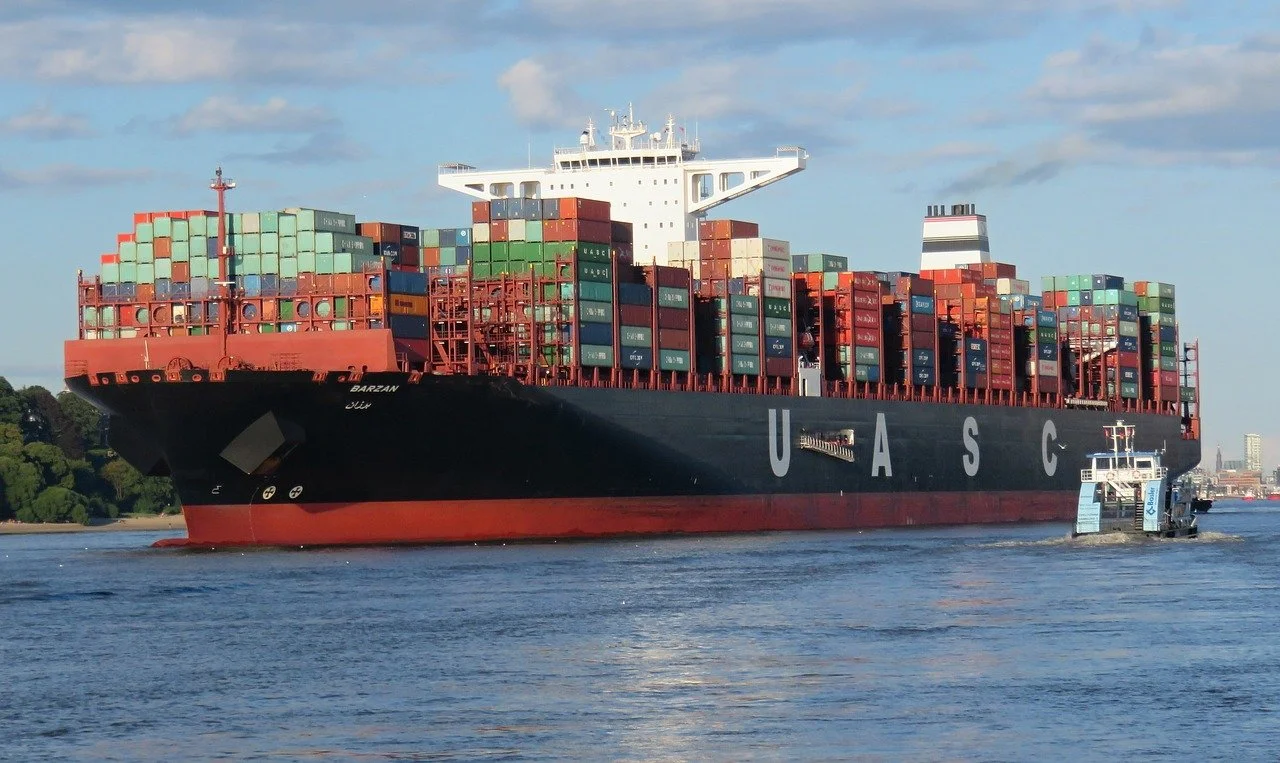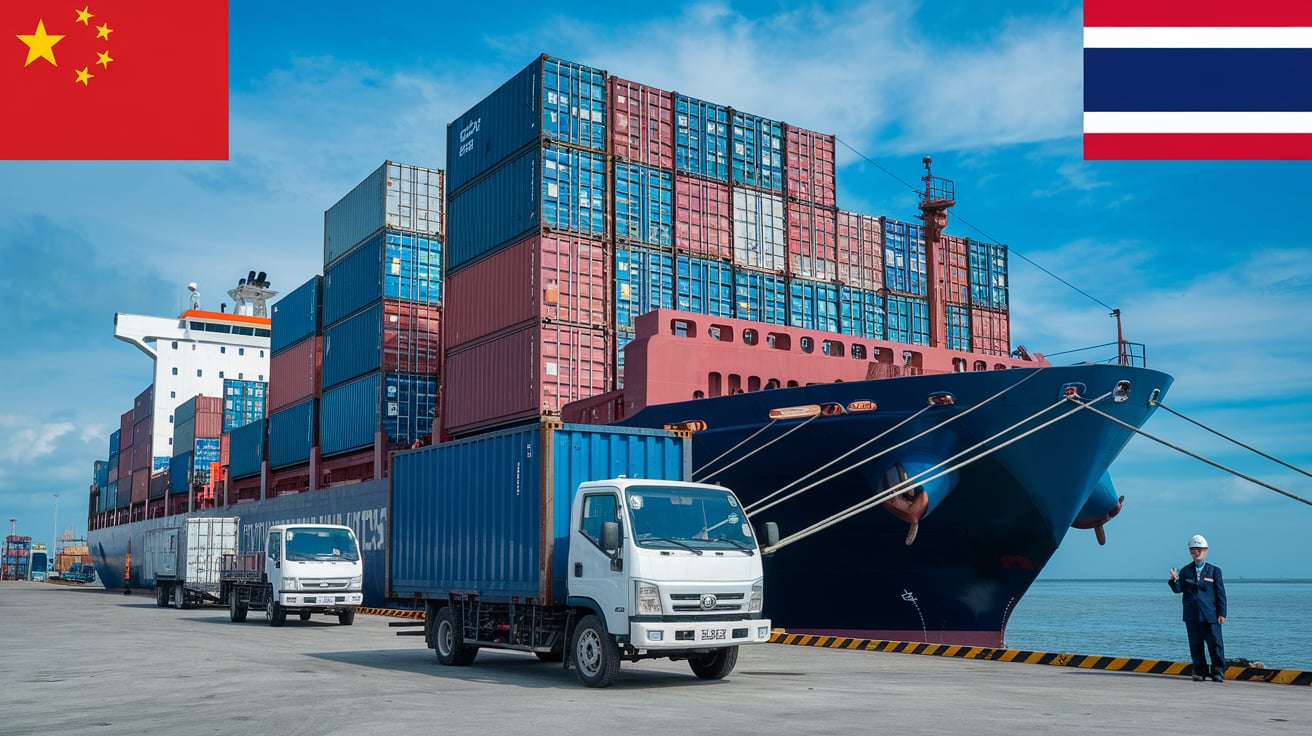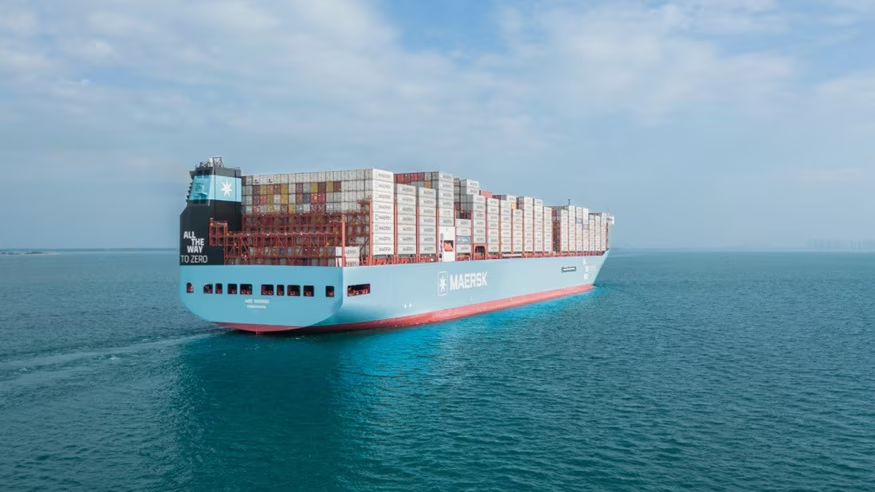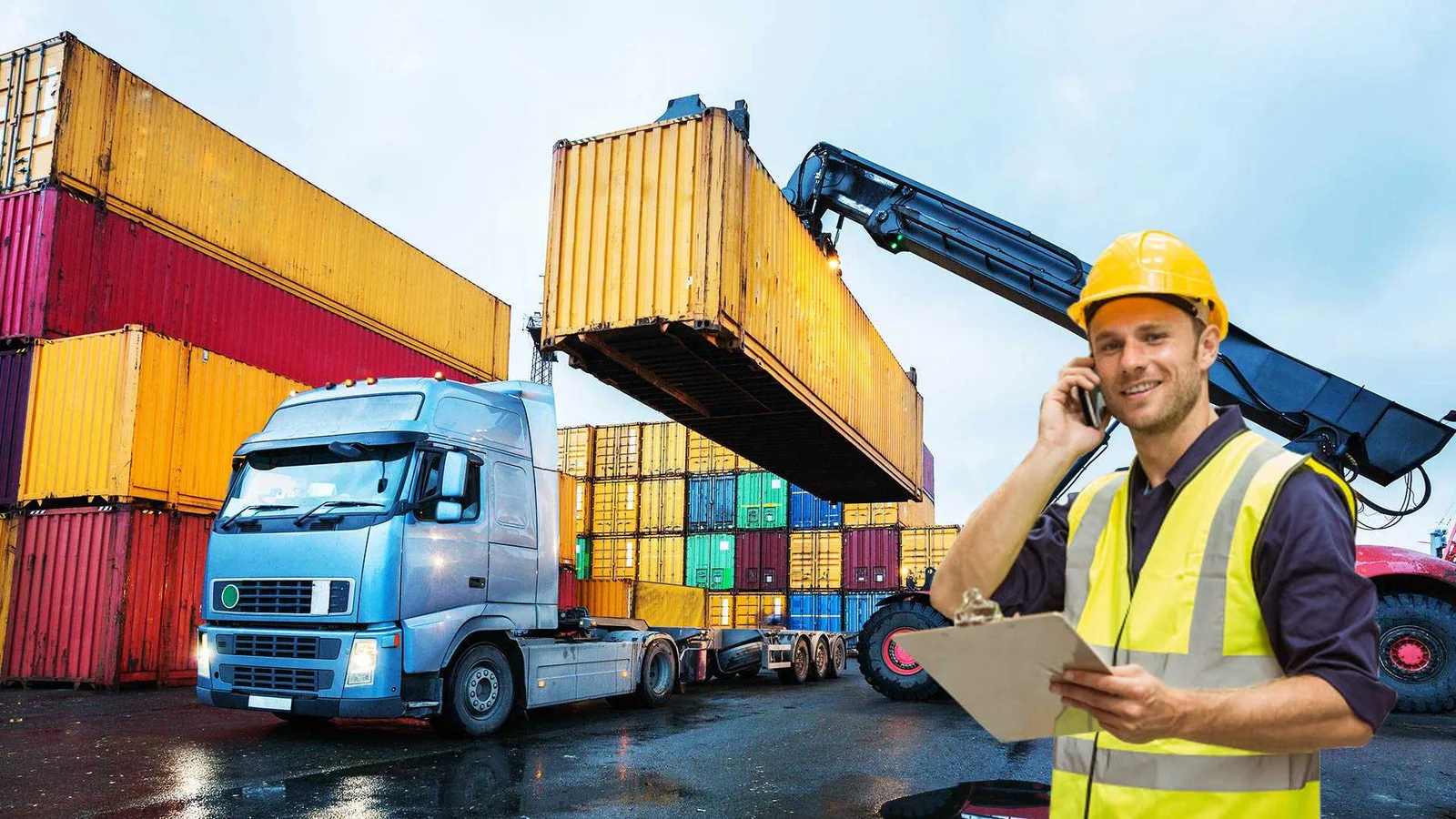Shipping cars from China has become increasingly popular among importers worldwide, thanks to the country’s robust manufacturing capabilities and competitive pricing. One of the most efficient and cost-effective methods for transporting automobiles is via RoRo shipping. RoRo, or Roll-on/Roll-off, is a specialized mode of maritime transport designed specifically for wheeled cargo, including cars, trucks, and other vehicles. This method allows for the vehicles to be driven directly onto and off of the ship, simplifying the loading and unloading processes and minimizing the risk of damage.
In this ultimate guide, we will delve into the intricacies of RoRo shipping, discuss its advantages, outline the step-by-step process, and provide key considerations to help you make informed decisions. Whether you’re a seasoned importer or new to the world of international logistics, this guide will provide you with all the essential information you need to know about shipping cars from China by RoRo ship.
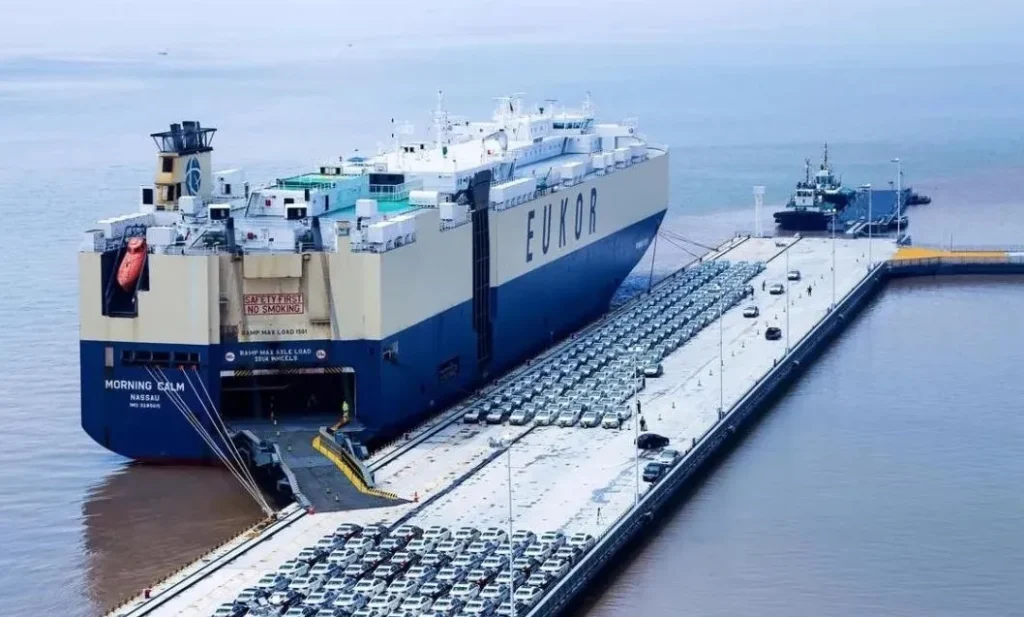
What is RoRo Shipping?
RoRo shipping, or Roll-on/Roll-off shipping, is a method of transporting vehicles and other wheeled cargo by sea. Unlike traditional container shipping, where goods are packed into containers and then loaded onto the ship, RoRo shipping involves driving the vehicles directly onto the ship’s deck. This process is reversed at the destination port, where the vehicles are driven off the ship and onto land. This method is particularly advantageous for transporting cars, trucks, and other large vehicles because it reduces the need for additional handling and minimizes the risk of damage during transit.
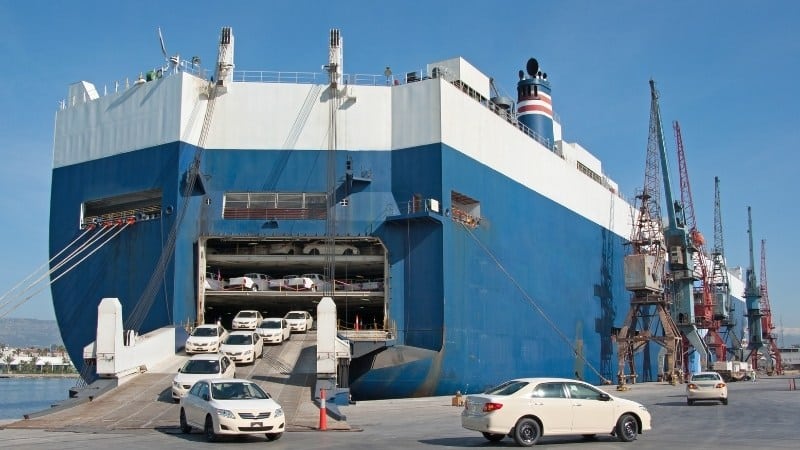
Advantages of RoRo Shipping for Automobiles
Simplicity and Efficiency:
- The roll-on/roll-off process is straightforward and can be completed quickly, reducing loading and unloading times.
Cost-Effectiveness:
- RoRo shipping is generally less expensive than container shipping, as it eliminates the need for container handling and storage.
Safety and Security:
- Vehicles are securely fastened to the ship’s deck, minimizing the risk of movement and damage during transit.
Accessibility:
- Major ports in China are well-equipped to handle RoRo shipments, making it a convenient option for importers.
What Types of RoRo Ships?
RoRo ships come in various types, each designed to handle specific kinds of wheeled cargo. Understanding the different types of RoRo ships can help importers choose the most suitable option for their shipping needs.
- Pure Car Carriers (PCC):
- Designed exclusively for transporting cars and light vehicles.
- Equipped with multiple decks to maximize the number of vehicles that can be transported.
- Pure Car and Truck Carriers (PCTC):
- Versatile ships capable of transporting both cars and larger vehicles such as trucks, buses, and construction machinery.
- Often feature adjustable decks to accommodate different vehicle heights.
- RoRo Cargo Ships:
- Designed to carry a mix of wheeled cargo, including cars, trucks, trailers, and heavy machinery.
- Equipped with heavy-duty ramps and reinforced decks to handle larger and heavier vehicles.
- ConRo Ships (Container/RoRo Ships):
- Hybrid vessels that can carry both containers and wheeled cargo.
- Provide flexibility for shippers who need to transport a combination of containerized goods and vehicles.
By understanding the different types of RoRo ships, importers can choose the most appropriate vessel for their specific needs, ensuring a smooth and efficient shipping process.
In summary, RoRo shipping offers a reliable, cost-effective, and efficient solution for transporting cars from China to destinations worldwide. By selecting the right type of RoRo ship and partnering with a professional logistics provider like Dantful International Logistics, importers can ensure the safe and timely delivery of their vehicles.
Step-by-Step Process of Shipping Cars from China by RoRo Ship
Shipping cars from China by RoRo ship involves a meticulous process to ensure the safety and security of the vehicles being transported. Here is a detailed step-by-step guide to help you navigate this procedure:
1. Preparing the Car for Shipment
Inspection and Documentation:
- Conduct a thorough inspection of the vehicle to document its condition before shipment. This includes checking for any existing damages and taking photographs for record-keeping.
- Gather all necessary documents, such as the vehicle’s title, purchase invoice, and any export/import permits required by both the origin and destination countries.
Cleaning and Securing Personal Belongings:
- Clean the vehicle’s interior and exterior to comply with customs regulations.
- Remove all personal belongings from the car, as RoRo shipping typically does not allow for the transport of personal items inside the vehicle.
2. Documentation and Customs Clearance
Filing Required Paperwork:
- Complete all necessary shipping documents, including the bill of lading, export declaration, and any other required forms.
- Work with a reputable customs clearance service provider to ensure all paperwork is accurately completed and submitted on time.
Paying Duties and Taxes:
- Calculate and pay any applicable duties, taxes, and fees associated with exporting the vehicle from China and importing it into the destination country.
3. Loading the Car onto the RoRo Ship
Transport to the Port:
- Arrange for the vehicle to be transported to the designated port of departure. This can be done either by driving the car to the port or using a car transport service.
Securing the Vehicle:
- At the port, the vehicle will be driven onto the RoRo ship using specialized ramps. The car will then be securely fastened to the ship’s deck to prevent movement during transit.
4. Transportation and Tracking
In-Transit Monitoring:
- Throughout the journey, the shipping company will monitor the status of the RoRo ship and provide regular updates on the vehicle’s location.
- Many shipping providers offer online tracking services, allowing importers to monitor their shipment in real-time.
5. Unloading and Receiving the Car at the Destination Port
Arrival and Inspection:
- Upon arrival at the destination port, the vehicle will be driven off the RoRo ship and inspected for any damages incurred during transit.
- Verify the condition of the vehicle against the pre-shipment inspection records to ensure there are no discrepancies.
Customs Clearance and Delivery:
- Complete the import customs clearance process by submitting all required documents and paying any outstanding duties or taxes.
- Arrange for the vehicle to be picked up from the port and delivered to its final destination.
By following these steps, importers can ensure a smooth and efficient process for shipping cars from China by RoRo ship.
Read More:
- Shipping From China to the United States
- Shipping From China TO CANADA
- Shipping From China To Netherlands
- Shipping From China To UNITED KINGDOM
- Shipping From China To ALGERIA
- Shipping from China to UAE
- Shipping from China to Saudi Arabia
Cost Factors in RoRo Shipping
Understanding the cost factors involved in RoRo shipping is crucial for importers to budget effectively and manage expenses. Here are the key cost components to consider:
1. Shipping Fees
Base Shipping Rate:
- The base shipping rate for RoRo services varies depending on factors such as the vehicle’s size, weight, and the distance between the origin and destination ports.
- Rates are typically calculated on a per-unit basis, with larger and heavier vehicles incurring higher costs.
Fuel Surcharges:
- Fuel surcharges are additional fees imposed to cover fluctuations in fuel prices. These charges can vary based on current market conditions and are added to the base shipping rate.
2. Customs Duties and Taxes
Export Duties:
- Export duties may be levied by the Chinese government on vehicles being shipped out of the country. These duties are calculated based on the vehicle’s value and type.
Import Duties and Taxes:
- Import duties, taxes, and fees imposed by the destination country must also be considered. These costs vary by country and can include value-added tax (VAT), goods and services tax (GST), and other import-specific charges.
3. Insurance
Insurance Coverage:
- Obtaining insurance coverage for the vehicle during transit is essential to protect against potential damages, theft, or loss. The cost of insurance is typically calculated as a percentage of the vehicle’s value.
Types of Insurance:
- Various insurance options are available, including basic liability coverage and comprehensive coverage that includes damage, theft, and loss. Importers should choose a policy that best suits their needs.
4. Port and Handling Fees
Loading and Unloading Fees:
- Fees associated with loading the vehicle onto the RoRo ship at the port of departure and unloading it at the destination port. These fees cover labor, equipment usage, and other port-related expenses.
Port Storage Fees:
- If the vehicle remains at the port for an extended period before or after transit, storage fees may be incurred. These fees are typically charged on a daily basis.
5. Additional Services
Customs Clearance Services:
- Utilizing professional customs clearance services can expedite the documentation and compliance process, but it may incur additional costs.
Transportation to and from Ports:
- Costs associated with transporting the vehicle to the port of departure in China and from the destination port to the final delivery location must be accounted for.
To provide a clearer understanding, here’s a table summarizing the cost factors in RoRo shipping:
| Cost Factor | Description |
|---|---|
| Shipping Fees | Base shipping rate, fuel surcharges |
| Customs Duties and Taxes | Export duties from China, import duties and taxes at the destination |
| Insurance | Coverage for damage, theft, and loss during transit |
| Port and Handling Fees | Loading and unloading fees, port storage fees |
| Additional Services | Customs clearance services, transportation to and from ports |
By understanding these cost factors, importers can effectively budget for their RoRo shipping needs and avoid unexpected expenses. Partnering with a reliable logistics provider like Dantful International Logistics can also help manage these costs and ensure a seamless shipping experience.
Common Challenges and How to Overcome Them
Shipping cars from China by RoRo ship can be a seamless process if managed correctly. However, various challenges may arise, potentially impacting the efficiency and cost-effectiveness of the entire operation. Understanding these challenges and knowing how to overcome them is crucial for a successful shipping experience.
Navigating Customs Regulations
Challenges:
- Different countries have varying customs regulations and documentation requirements, which can be complex and time-consuming.
- Failure to comply with these regulations can result in delays, fines, or even the seizure of the vehicle.
Solutions:
- Partner with a reputable customs clearance service provider who is well-versed in the regulations of both the origin and destination countries.
- Ensure that all required documents are accurately completed and submitted well in advance of the shipment date.
- Stay updated on any changes in customs regulations that may affect your shipment.
Addressing Potential Delays
Challenges:
- Delays can occur due to various factors, including port congestion, adverse weather conditions, and logistical issues.
- Delays can increase costs and disrupt delivery schedules, causing inconvenience for importers.
Solutions:
- Choose a reliable shipping partner like Dantful International Logistics that has a proven track record of timely deliveries.
- Opt for real-time tracking services to monitor the progress of your shipment and stay informed about any potential delays.
- Build a buffer into your delivery schedule to accommodate unexpected delays and ensure flexibility in your logistics planning.
Dealing with Damages
Challenges:
- Vehicles can sustain damage during transit due to rough seas, improper securing, or mishandling.
- Damage to the vehicle can result in additional repair costs and disputes with the shipping company.
Solutions:
- Conduct a thorough inspection of the vehicle before shipment and document its condition with photographs.
- Secure comprehensive insurance coverage to protect against potential damages during transit.
- Work with a professional shipping company that prioritizes the secure fastening and handling of vehicles.
FAQ (Frequently Asked Questions)
Q1: What is RoRo shipping, and how does it differ from container shipping?
- A: RoRo shipping (Roll-on/Roll-off) is a method of transporting wheeled cargo, such as cars and trucks, by driving them directly onto and off of the ship. In contrast, container shipping involves loading vehicles into containers, which are then placed on the ship. RoRo shipping is typically more cost-effective and efficient for vehicles.
Q2: How long does it take to ship a car from China by RoRo ship?
- A: The transit time for shipping a car from China by RoRo ship varies depending on the destination. On average, it can take anywhere from 2 to 8 weeks. Factors such as port congestion, weather conditions, and the specific shipping route can also affect transit time.
Q3: What documents are required for shipping a car from China?
- A: Key documents include the vehicle’s title, purchase invoice, export declaration, bill of lading, and any necessary permits for both export from China and import into the destination country. It’s essential to consult with a customs clearance expert to ensure all documentation is accurate and complete.
Q4: What are the costs involved in RoRo shipping?
- A: Costs include base shipping fees, fuel surcharges, customs duties and taxes, insurance, port and handling fees, and any additional services such as customs clearance and transportation to and from ports. It’s advisable to create a detailed budget to manage these expenses effectively.
Q5: How can I track my shipment?
- A: Many shipping companies offer real-time tracking services that allow you to monitor the progress of your shipment online. This service provides updates on the vehicle’s location and estimated arrival time, helping you stay informed throughout the transit.
References
To ensure the credibility and reliability of the information provided, here are references to authoritative sources and further reading:
- International Maritime Organization (IMO) – RoRo Shipping
- U.S. Customs and Border Protection – Importing a Motor Vehicle
- European Commission – Importing Vehicles into the EU
By understanding and addressing these common challenges, importers can significantly improve the efficiency and reliability of their RoRo shipping operations. Partnering with a professional logistics provider like Dantful International Logistics can further enhance the shipping experience, ensuring that vehicles are delivered safely and on time.
Dantful International Logistics Services:
- Dantful Ocean Freight Services
- Air Freight From China
- Amazon FBA Freight Forwarding
- WAREHOUSE Services
- One-Stop Customs Clearance Solution
- Cargo Insurance Services in China
- DDP Shipping Services By Dantful Logistics
- Out of Gauge Cargo Transportation Shipping Services

Young Chiu is a seasoned logistics expert with over 15 years of experience in international freight forwarding and supply chain management. As CEO of Dantful International Logistics, Young is dedicated to providing valuable insights and practical advice to businesses navigating the complexities of global shipping.






